‘Delusional’: Firies unprepared for worst days

Every state could be in the firing line of what is shaping up to be a serious bushfire season, Former NSW Fire and Rescue Commissioner Greg Mullins has warned, as the weather begins to heat up, keeping firies on alert.
Smoke haze from hazard reduction burns in Sydney this week have signalled an eerie reminder of life in the middle of the catastrophic Black Summer fires of 2019 and 2020.
Spring temperatures above the annual average are forecast to be felt across the country according to the Bureau of Meteorology, nudging the risk of fire up in NSW, QLD, South Australia and the Northern Territory.
“The big concern is that the Bureau of Meteorology has said spring will be warmer and drier than normal and that will set us up for a very hot, dry summer,” Mr Mullins said.


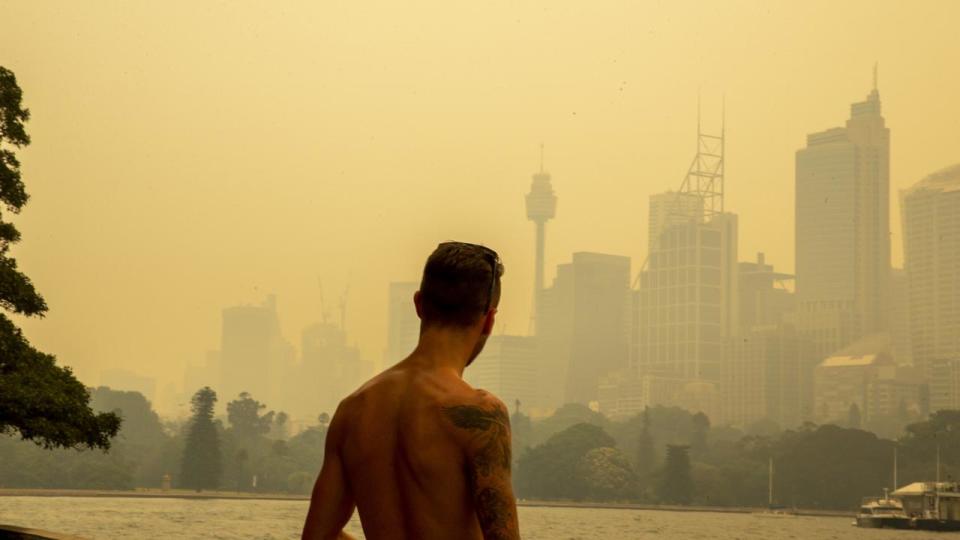
Already this spring, a single fire has burnt one million hectares of land in the Northern Territory, homes have come under threat from fires in Queensland’s Darling Downs, while emergency alerts have been issued in Western Australia.
“Every state and territory could be in the firing line by summer,” Mr Mullins said.
Another factor to consider is the increasingly extreme and unpredictable fire conditions that have emerged as a result of our rapidly changing climate.
On NSW’s South Coast, winter rainfall has reduced by 12 per cent over the last 20 years, creating drier forests and grasslands and leading to more intense fire behaviour like pyro-convective storms.
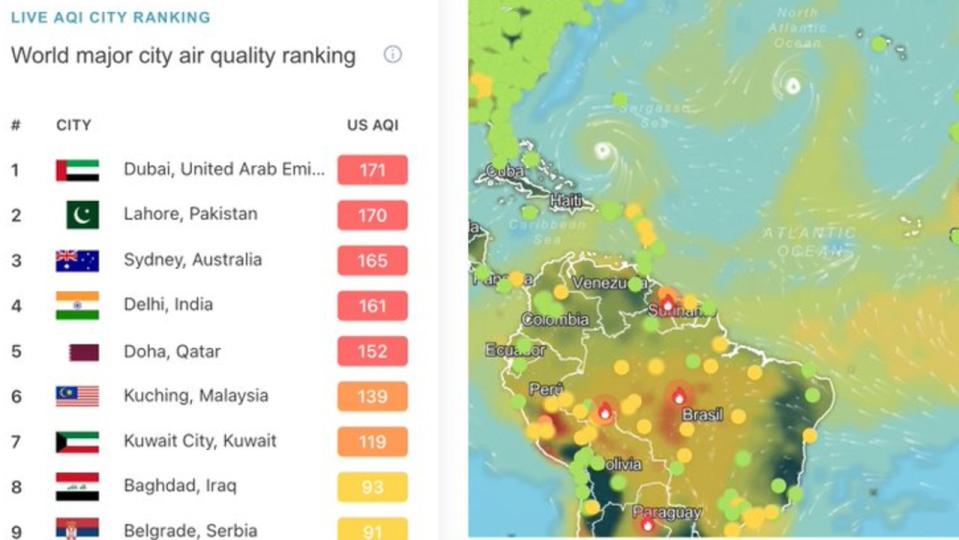

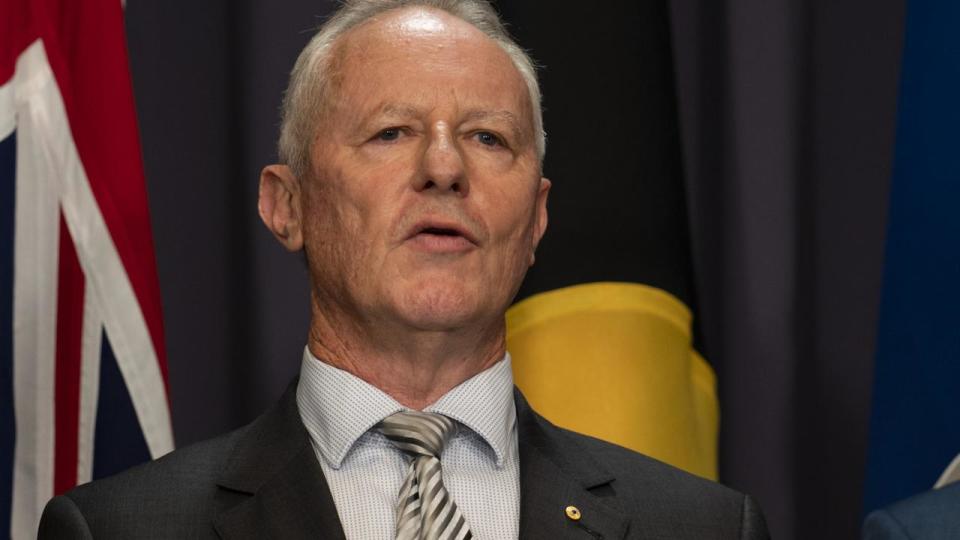
These fires, which create such extreme heat they generate their own weather system, were reported 60 times between 1978 and 2018.
Twenty nine were reported over the course of the Black Summer season.
Another emerging trend are fires that burn just as intensely through the night as they do in the day, giving little relief to the largely volunteer fire service.
Mr Mullins – whose firefighting career spanned four decades – warned that as conditions become more extreme, even the strongest firefighters will struggle to contain them.
“We’re a bit delusional ourselves to say we can actually handle things on the worst days,” he said.
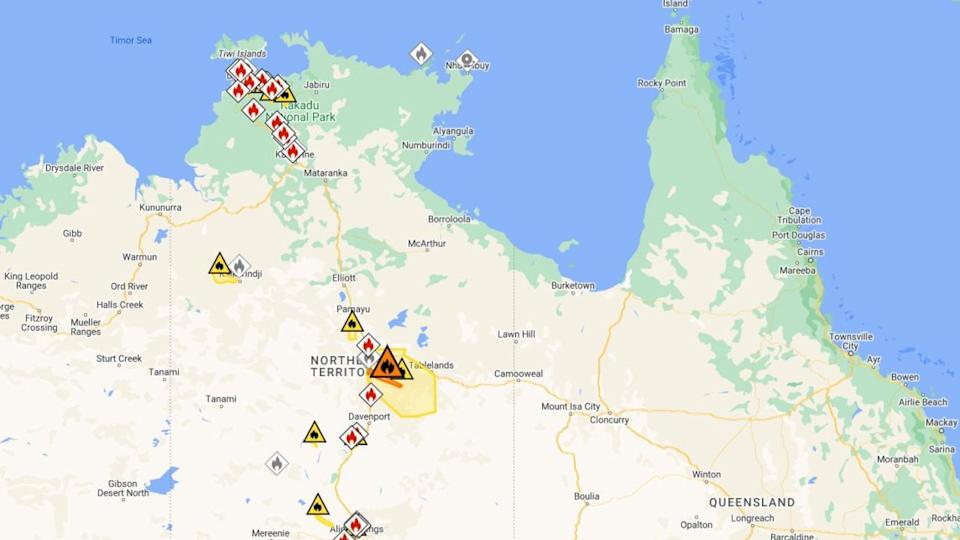
“What the public needs to understand is that we as firefighters are taught to reassure people, because the last thing you want during fires is panic.
“But we’ve polluted the atmosphere with greenhouse gases and it’s made the weather wilder than the human race has ever experienced before.
“We cannot get a fire truck in every driveway because the fire is too big, too intense and too distracting.”
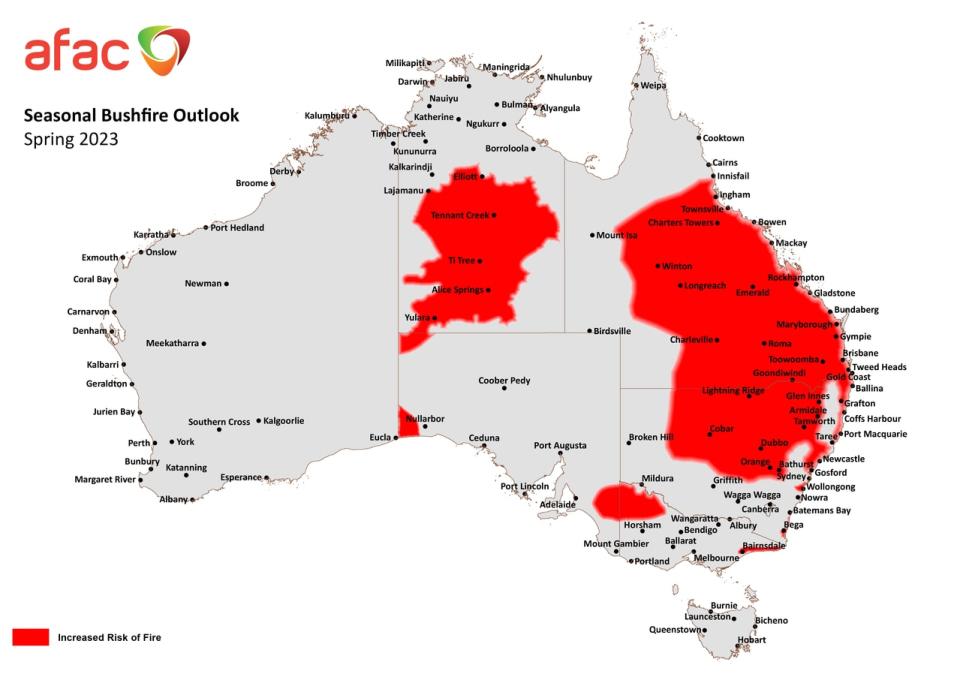
With plenty of moisture still in the ground after three back to back La Nina seasons, firefighters are not expecting to see the extreme conditions of Black Summer.
“Unless we get flash droughts like they had in Maui,” Mr Mullins said.
Wildfires ripped through the Hawaiian island of Maui last month taking more than one hundred lives after back-to-back heatwaves, known as “flash droughts” sucked the moisture out of vegetation at rapid speed.
“It’s very unlikely that we will see the conditions of Black Summer but at a serious fire season is very much on the cards,” Mr Mullins said.
He said the main areas of concern are large swathes of grassland, which have been reported in Victoria and South Australia, that could be at risk of being swept up into quick-burning fires during the heat and high winds of February.


